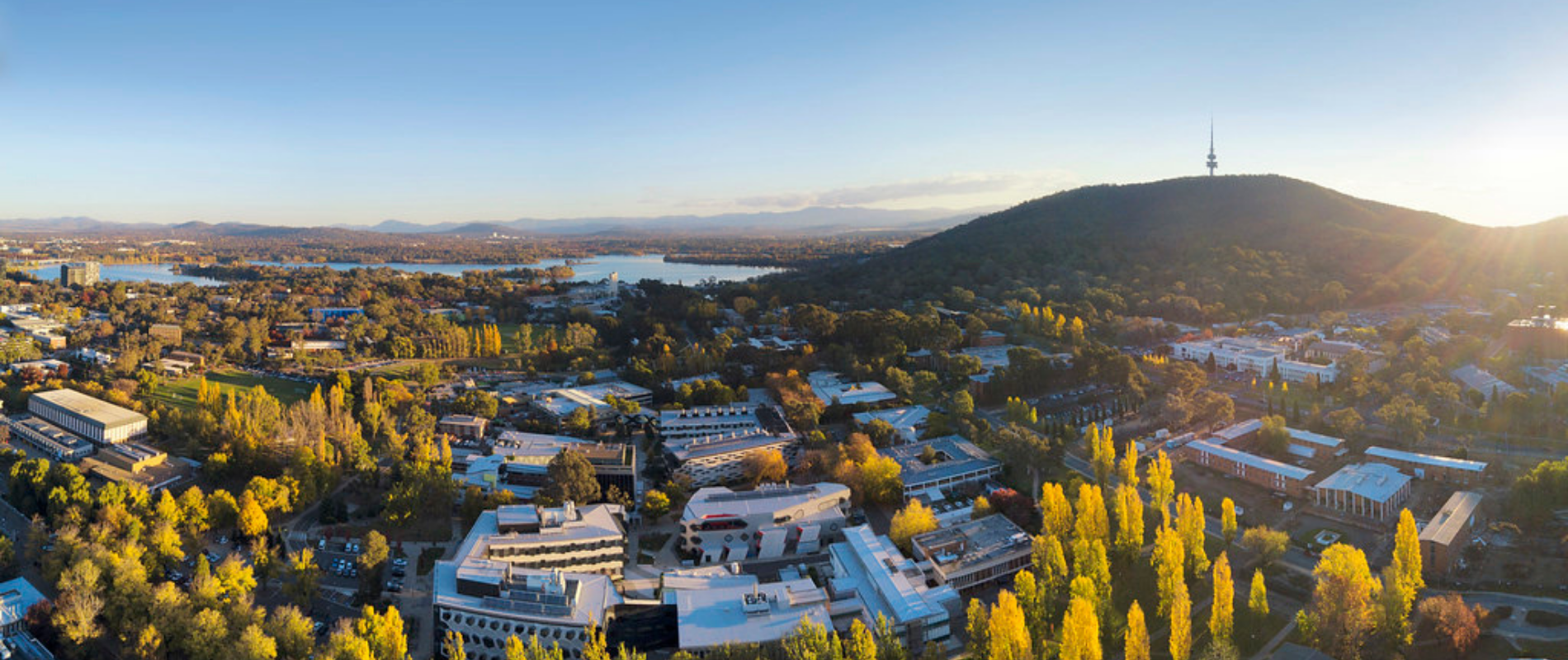
Director’s message
In recent weeks, there has been widespread media coverage of the financial difficulties facing the Australian National University (ANU). This follows an announcement by our Vice-Chancellor Genevieve Bell that because income has not kept pace with university expenses since 2019, urgent action is needed to ensure the ongoing sustainability of ANU. The University needs to find savings of $250 million over the coming 15 months – no small task. Along with proposed job losses, there have already been some changes proposed to the ANU College structure, and it is likely more changes are to come.
How did we get here? While I am not an expert in the funding model that underpins the university sector, the challenges facing ANU seem to reflect a number of issues that include a decline in the real value of research grants (i.e. research grants do not cover the actual cost of research, with the disparity growing over time) and declines in income from student fees.
In recent years, the university sector has become increasingly reliant on income from student fees – particularly international students. Decades ago, the Federal Government empowered universities to increase income from student fees, with that income supporting an expansion of the research capacity of the sector. The system worked – with Australian universities being ranked among the best in the world.
Universities used some of this research capacity to co-invest in projects relevant to the agricultural sector. For example, in 2014-2015, universities contributed $345 million to rural R&D effort – a value that represented 11.5 per cent of the $3 billion spent on agricultural R&D by public and private entities. Thus, student fees have helped ensure that the university sector has a vibrant research capability that produces the world-class research.
However, to maintain this model, it is necessary to maintain (and potentially grow) income from overseas students – something that the Federal Government sees as untenable in the current political environment. In legislation being considered by the Federal Parliament, a restriction would be placed on total student numbers from overseas, with the impact of that restriction being felt to differing degrees by different universities. For ANU, it would mean a 14.5 per cent cut in international students – a cut that would significantly reduce income in 2025 and beyond.
The political imperative for the cap in international students seems related to the level of inflation and associated cost of living and housing-availability pressures across Australia. My hope is that with inflation falling that borrowing costs will decline, providing more room for the Government to allow international students to come to Australia for a world-class education, and in doing so, help stabilise funding for the sector. A brighter economic environment may also enable the Government to increase investment in university research, including R&D targeting complex challenges facing the agrifood sector.
Come and join our Agrifood Innovation Hub community
On a brighter note, I was super proud to participate in an AFII event where representatives of each of the Agrifood Innovation Hub members – Wildlife Drones, PPB Technology, Haizea Analytics and Membrane Transport Engineers – presented on the focus of their business, and advances they had made over the past year. Each is an exemplar of innovation and an example of how fundamental research capacity can be leveraged to address critically important issues for our nation. I encourage you to read more about their recent achievements.
We still have some office and lab spaces in our Hub – thus, if you have a business with an agrifood focus that would benefit from unique access to ANU researchers and infrastructure to support your R&D and growth, please get in touch with the AFII team at agrifood@anu.edu.au. We also welcome interest from businesses headquartered outside Australia with an interest in being based at ANU, in our nation’s capital.
A visit from the CIMMYT Director General
Finally, I was honoured to attend a reception at the Mexican Embassy for the Director General of the Center for International Maize and Wheat Improvement Center (CIMMYT), Bram Govaerts. The following day, Dr Govaerts also visited ANU to discuss collaborations with university researchers. This included our work with CIMMYT on improving energy use efficiency and heat tolerance of wheat – work that is essential for improving yield potential and climate resilience of this important crop.
Owen
